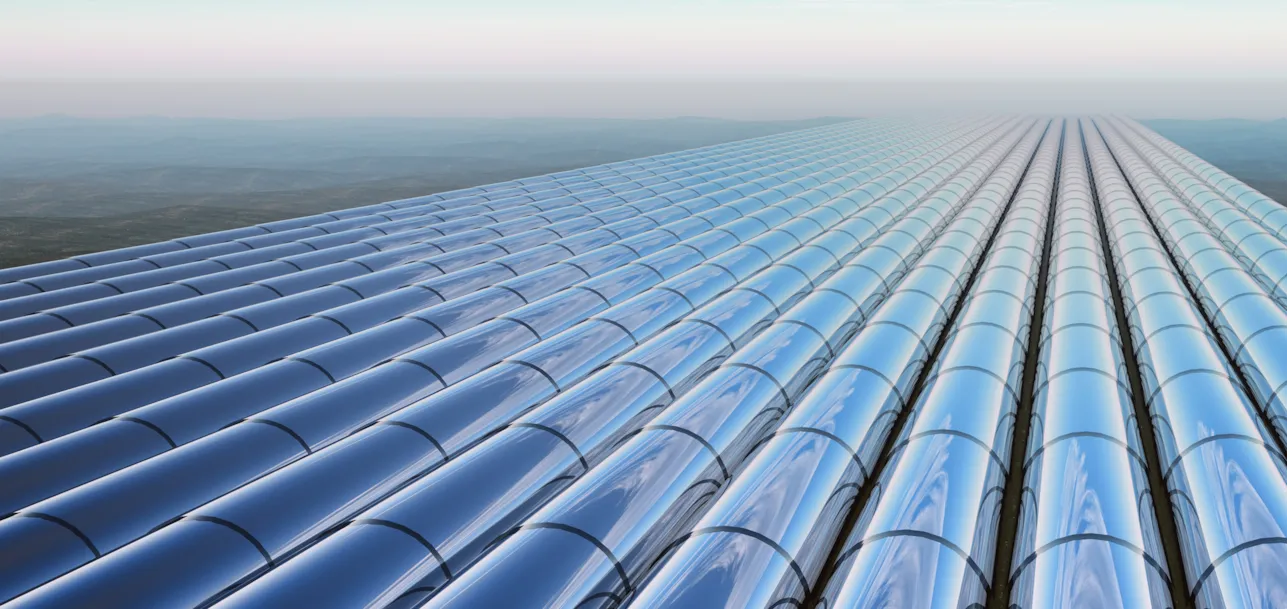Unique facility allows efficient, low-risk validation of controllers for wind, solar, biomass and other forms of renewable energy by real-time simulations of power grids.
HAMBURG, Germany - 7 September 2017 – DNV GL, the world’s largest resource of independent energy experts and renewables certification body, has opened its control hardware in loop (CHIL) test facility for renewable energy generation plants. The facility connects physical power plant controllers to a real-time simulator, allowing the controller to be fully tested and validated without the need for an actual generation facility or power grid. This enables cost-effective, low-risk testing under realistic conditions for all forms of renewable energy control systems.
Since 2016, Germany has updated its medium- and high-voltage grid codes to require certification of all wind farm controllers before the wind farm can start supplying the grid. Similar guidelines are expected to follow elsewhere in the world, both nationally and internationally.
The test bench was developed in response to industry demand and draws on a wide range of expertise within DNV GL. Like all DNV GL’s Power Cybernetics initiatives, it combines the rigour of lab-based testing with the flexibility and speed of computer simulation.
In the case of the CHIL test bench, the physical controller is connected to a real-time simulator that emulates the wind farm, solar farm, biomass plant etc. as well as the grid connection. Furthermore, a communication layer is included for the master SCADA simulating the grid operator. This setup allows the controller’s behaviour in any situation it may face in service to be explored, and any unwanted interactions to be identified.
“Until now, testing controllers meant downtime for the generation farm and huge effort coordinating many different players. What’s more, a failure during testing could have far-reaching and expensive consequences. In line with our Power Cybernetics approach, the new CHIL test bench significantly reduces the cost, risk and effort required to comprehensively test control systems for renewable energy generation farms. Besides streamlining certification, the test bench can be used to validate new functionality during development and set-up controllers for individual generation sites,” said Andreas Schröter, Executive Vice President Central Europe and Mediterranean at DNV GL.
This new offering builds upon DNV GL’s longstanding involvement in Hardware in the Loop testing of individual wind turbine control systems. DNV GL’s time domain aeroelastic turbine design software Bladed is coupled with physical components from individual actuators through to full turbine nacelles during the prototyping of new turbine platforms.
The test bench allows complete testing according to the latest revisions of the German grid codes, with the possibility of ISO 17025 accredited measurements. DNV GL will make it available for customers including controller manufacturers, and renewable energy generation site developers and operators through testing and measurement services.
About DNV GL
DNV GL is a global quality assurance and risk management company. Driven by our purpose of safeguarding life, property and the environment, we enable our customers to advance the safety and sustainability of their business. Operating in more than 100 countries, our professionals are dedicated to helping customers in the maritime, oil & gas, power and renewables and other industries to make the world safer, smarter and greener.
In the power and renewables industry
DNV GL delivers world-renowned testing and advisory services to the energy value chain including renewables and energy efficiency. Our expertise spans onshore and offshore wind power, solar, conventional generation, transmission and distribution, smart grids, and sustainable energy use, as well as energy markets and regulations. Our experts support customers around the globe in delivering a safe, reliable, efficient, and sustainable energy supply. Learn more at www.dnvgl.com/energy. Learn more at www.dnvgl.com/energy.
